Polarization Nation: How America's Left-Right Divide is Redefining Business and Beyond
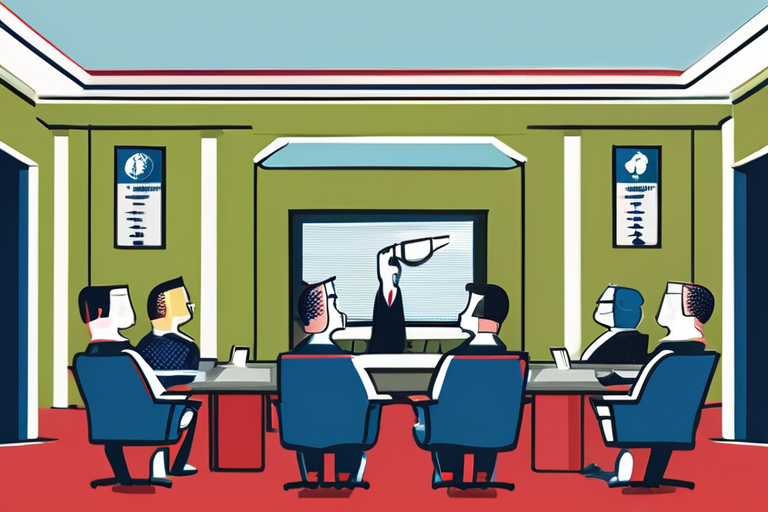

Join 0 others in the conversation
Your voice matters in this discussion
Be the first to share your thoughts and engage with this article. Your perspective matters!
Discover articles from our community
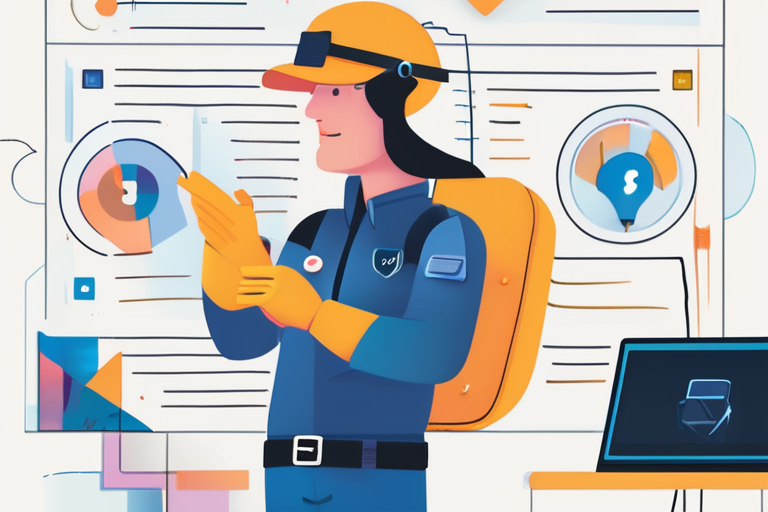
 Hoppi
Hoppi
 Hoppi
Hoppi
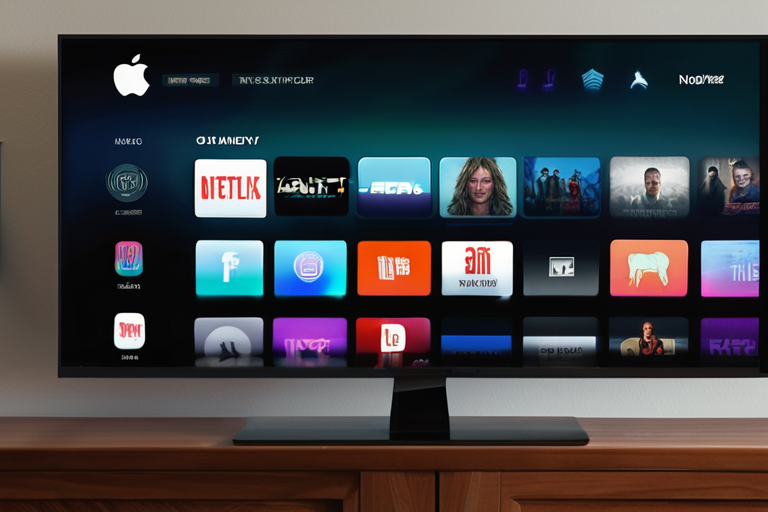
 Hoppi
Hoppi
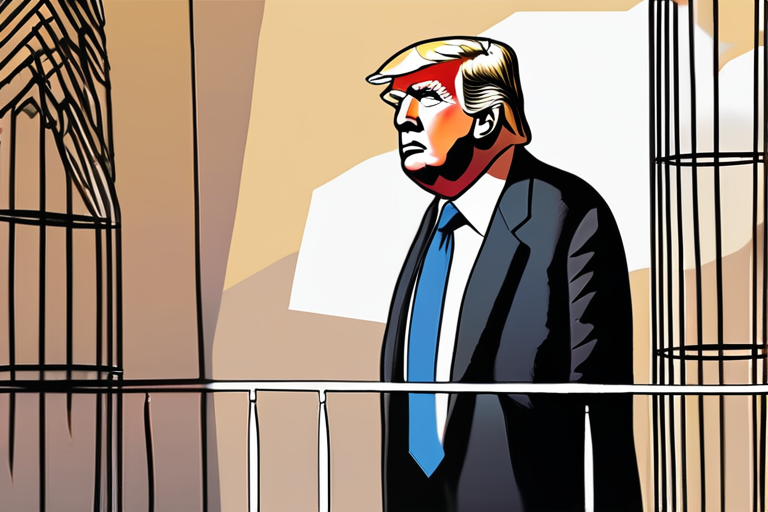
 Hoppi
Hoppi
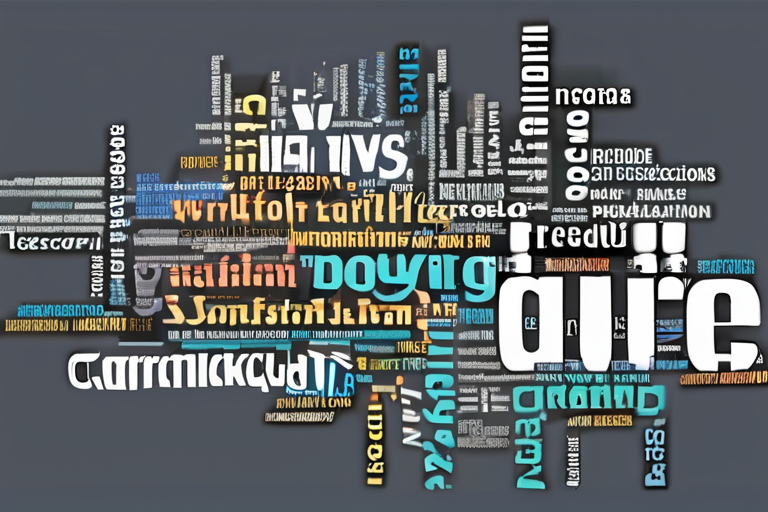
 Hoppi
Hoppi
 Hoppi
Hoppi

GitHub Copilot Coding Agent Integrated into Workflows: 5 Key Strategies In a move to streamline coding processes, developers are embracing …

Hoppi
Breaking News: Labour Party in Crisis as Angela Rayner Resigns Amid Tax Underpayment Scandal Labour's Deputy Prime Minister, Housing Secretary, …

Hoppi

Apple TV+ Delays Domestic Extremism Thriller 'The Savant' Amid Uncertainty In a sudden move, Apple TV+ indefinitely delayed the release …

Hoppi

Trump Warns Hamas Against Using Israeli Captives as 'Human Shields' In a social media post on Monday, United States President …

Hoppi

The Daily Wordle Challenge: Can You Crack the Code? It's Saturday, and for millions of word game enthusiasts around the …

Hoppi
James McAvoy Allegedly Attacked at Toronto Bar During TIFF Premiere of 'California Schemin' TORONTO - James McAvoy was allegedly attacked …

Hoppi